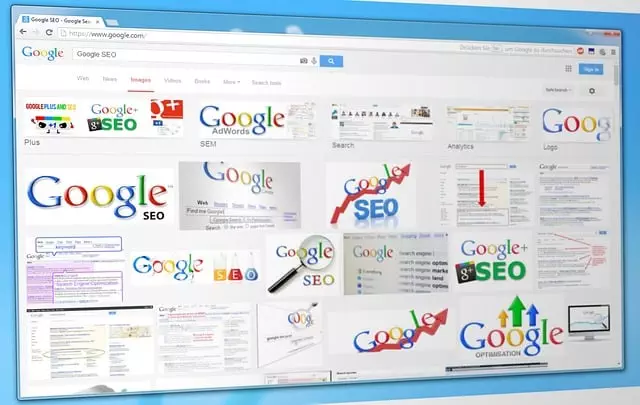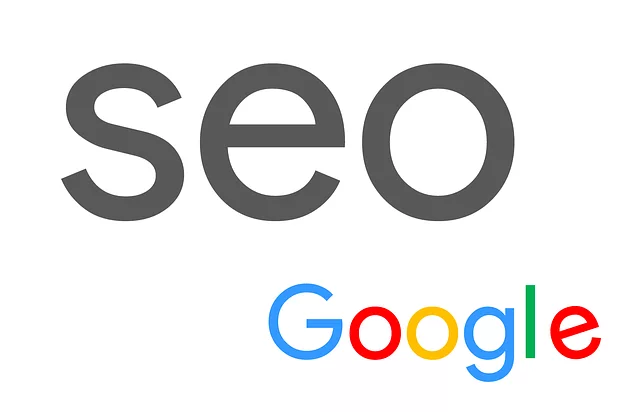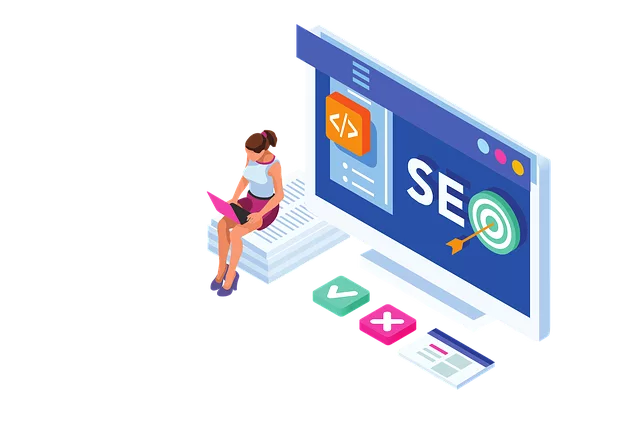SEO Tips for Ranking Higher: Fast Page Loading Strategies
Page load speed is a critical SEO tip for ranking higher, impacting user experience and engagement……..

Page load speed is a critical SEO tip for ranking higher, impacting user experience and engagement. Optimizations like compressing images, leveraging browser caching, and using Content Delivery Networks (CDNs) can significantly reduce loading times, improving search engine rankings. These techniques enhance user retention, decrease bounce rates, and ensure faster page loads on mobile devices, all factors that search engines like Google consider for higher rankings. Regularly monitoring and testing these SEO tips for ranking higher are essential to maintain a fast, efficient website.
In today’s digital era, fast page loading is not just a user experience preference but a SEO tip for ranking higher. A quick-loading website enhances user engagement, reduces bounce rates, and signals search engines that your content is valuable and accessible. This article explores essential SEO tips to optimize web page load speed, including understanding key factors, technical SEO optimizations, content strategies, browser caching, and powerful tools for measuring performance. Implement these SEO tips to ensure your site delivers a seamless experience while boosting its online visibility.
Understanding Page Load Speed and Its Impact on SEO

Page load speed is a critical factor that influences user experience and search engine optimization (SEO). It refers to the time it takes for a web page to display fully, from when a user requests the page until all elements are loaded and rendered. In today’s digital era, where users expect instant gratification, fast-loading pages are essential for retaining visitors and improving engagement metrics.
For SEO tips aimed at ranking higher, optimizing page load speed should be a top priority. Google, as one of the leading search engines, has explicitly stated that page speed is a factor in their ranking algorithms. A slow website can negatively impact your search rankings, pushing your site lower in search results. Therefore, implementing strategies to reduce page load time, such as compressing images, leveraging browser caching, and optimizing code, can significantly enhance your site’s SEO performance and attract more organic traffic.
Key Factors Influencing Web Page Loading Time

The speed at which a web page loads is an often-overlooked yet critical factor in SEO strategies, significantly impacting user experience and search engine rankings. Several key factors play a significant role in determining a webpage’s loading time, and addressing these can be a game-changer for your site’s performance. One of the primary influences is server response time; faster servers send data to users’ browsers quicker, leading to reduced page load times. Additionally, the efficiency of your website’s code, including optimized HTML, CSS, and JavaScript files, is essential. Minimizing HTTP requests, compressing images, and leveraging browser caching can all contribute to faster loading times.
Another crucial aspect is the quality and optimization of your website’s content delivery network (CDN). A CDN distributes your site’s content across multiple servers worldwide, reducing latency and improving load speeds for users from different locations. Mobile optimization is also a key SEO tip for ranking higher; ensuring your pages are responsive and load quickly on mobile devices is essential given the increasing number of users accessing websites via smartphones.
Technical SEO Optimizations for Faster Pages

Technical SEO optimizations play a pivotal role in ensuring your website loads swiftly, which is a crucial aspect of enhancing user experience and boosting search engine rankings. One of the primary areas to focus on is reducing page load times. This can be achieved by compressing images, minimizing CSS and JavaScript files, and leveraging browser caching. For instance, utilizing image optimization tools can significantly decrease file sizes without compromising visual quality. Additionally, enabling compression for all media types, such as text and videos, further contributes to faster loading.
Implementing these SEO tips for ranking higher involves regular monitoring and updates. Keep an eye on your website’s performance using analytics tools and ensure that any changes made do not hinder speed. For dynamic websites, content delivery networks (CDNs) can be a game-changer by distributing content across multiple servers worldwide, reducing latency and improving response times. Regularly testing and optimizing these technical aspects will contribute to a seamless user journey and better search engine rankings.
Content Optimization Strategies for Quick Loading Times

To ensure fast page loading times and improve your SEO tips for ranking higher, content optimization strategies are key. Start by minimizing the size of images used on your pages; large images can significantly slow down load times. Compressing and resizing them before uploading can make a big difference. Next, leverage browser caching to reduce the need to download files each time a user visits. Enabling caching for static assets like CSS and JavaScript can enhance overall performance.
Additionally, consider using content delivery networks (CDNs). CDNs distribute your content across multiple servers globally, ensuring faster loading times for users regardless of their location. Prioritize loading essential content first by implementing lazy loading techniques for non-critical elements. This way, visitors see the key information quickly while allowing the rest to load in the background as they scroll. All these SEO tips for ranking higher contribute to a seamless user experience and better search engine optimization.
Browser Caching and Its Role in Enhancing Speed

Browser caching plays a pivotal role in fast page loading, which is one of the essential SEO tips for ranking higher. When a user visits a website, their browser fetches and stores resources like HTML, CSS, JavaScript, and images locally. On subsequent visits, the browser can quickly retrieve these assets from its cache instead of downloading them from the server again. This significantly reduces page load times, enhancing the overall user experience.
Implementing effective caching strategies ensures that frequently accessed web pages load nearly instantly, leading to lower bounce rates and longer session durations. Search engines like Google consider site speed as a ranking factor, so optimizing caching can indirectly boost your website’s SEO performance. By minimizing the time taken to render pages, you make your site more appealing to both users and search engine algorithms.
Tools to Measure and Analyze Page Load Performance

Measuring and analyzing page load performance is an essential part of optimizing your website for better search engine rankings. There are numerous tools available that can help you gauge how quickly your pages are loading, providing valuable insights into areas that need improvement. These include industry-standard metrics like PageSpeed Insights by Google, which offers a detailed breakdown of your site’s performance and suggests optimizations based on best practices.
For a more comprehensive analysis, consider utilizing advanced tools such as GTmetrix or WebPageTest. These platforms provide in-depth reports, including load time, page size, and element analysis. By identifying slow elements and understanding their impact, you can implement targeted SEO tips for ranking higher by optimizing images, minifying code, and leveraging browser caching.






